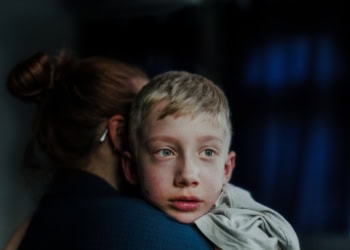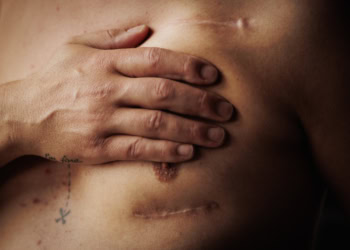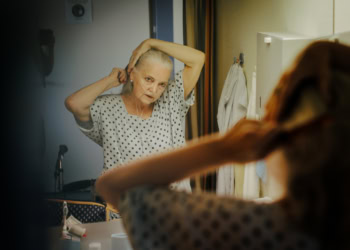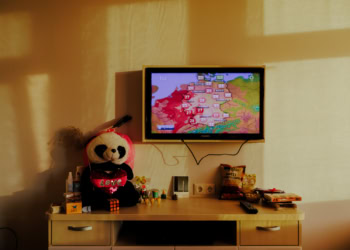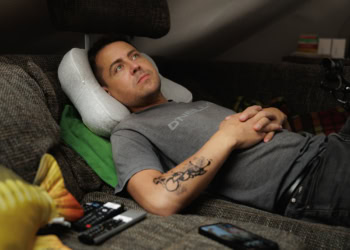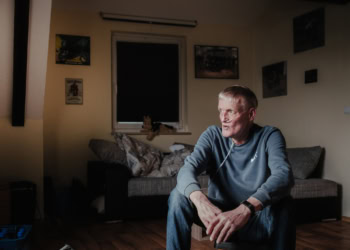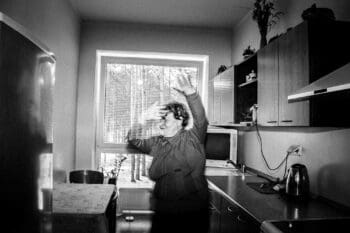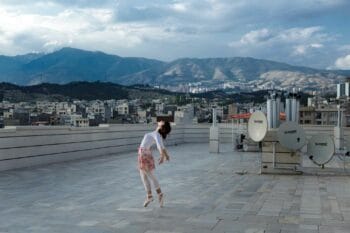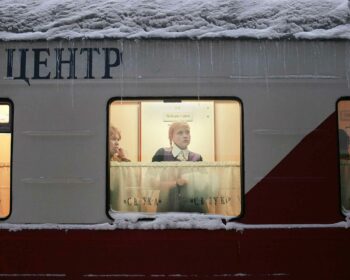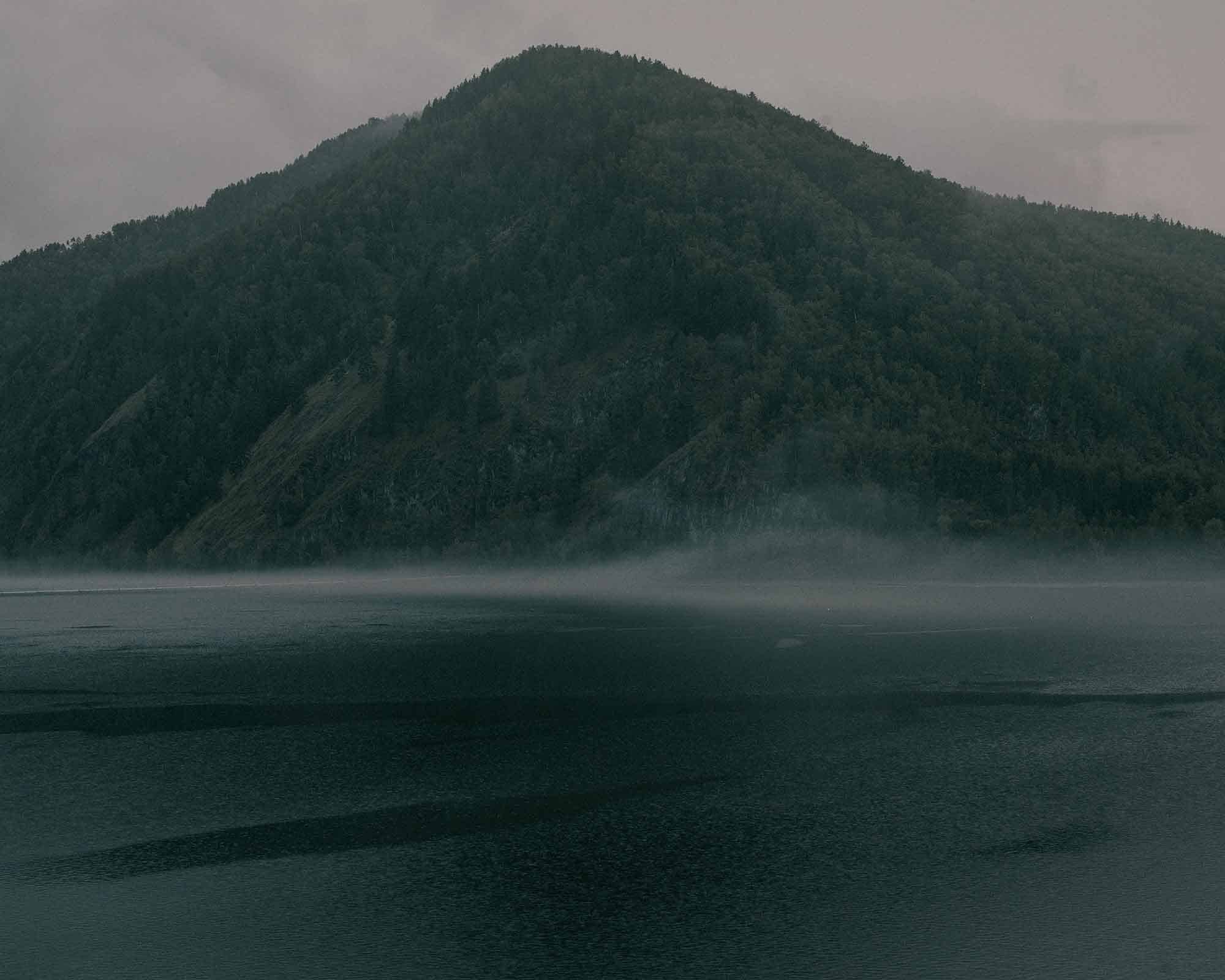
Journey along the Yenisei.For her photo series “Hiding from Baba Yaga”,  Nanna Heitmann crosses Siberia as her grandmother once did.
Nanna Heitmann crosses Siberia as her grandmother once did.
Some things may run in the family. It is the 1960s, when Nanna Heitmann’s grandmother assists the famous East German photographer Richard Peter Jr. Together, the two travel through Siberia and document the places where Lenin went into exile.
Without knowing it, Nanna visits the same places almost six decades later for a photo reportage. It documents life along the Yenisei River. To do this, she travels from the autonomous republic of Tuva to Yeniseisk in Siberia. She spends her days driving long distances by car through the remote expanses of Siberia to portray the people who live there.
When it gets dark, Nanna stays overnight with locals or sleeps in a tent. She is fascinated by the difficult environmental conditions under which people live along the Yenisei River: “With the fall of the Soviet Union, the infrastructure in Russia’s remote regions collapsed. Isolation, unemployment, school closures and a lack of medical care were after-effects of perestroika,” says Nanna Heitmann.
With her photo series “Hiding from Baba Yaga” Nanna Heitmann wins numerous awards, such as the Leica Oskar Barnack Newcomer Award or the BFF Förderpreis. She receives commissions from renowned editors such as the New York Times and Time Magazine, and since 2021 she has been an Associate Member at Magnum Photos. In a recent interview on the well-known photo agency’s in-house blog, she said of studying at Hanover College, “For me, it was the perfect environment to invest all my time in photography, surrounded by great people who all shared the same passion.”
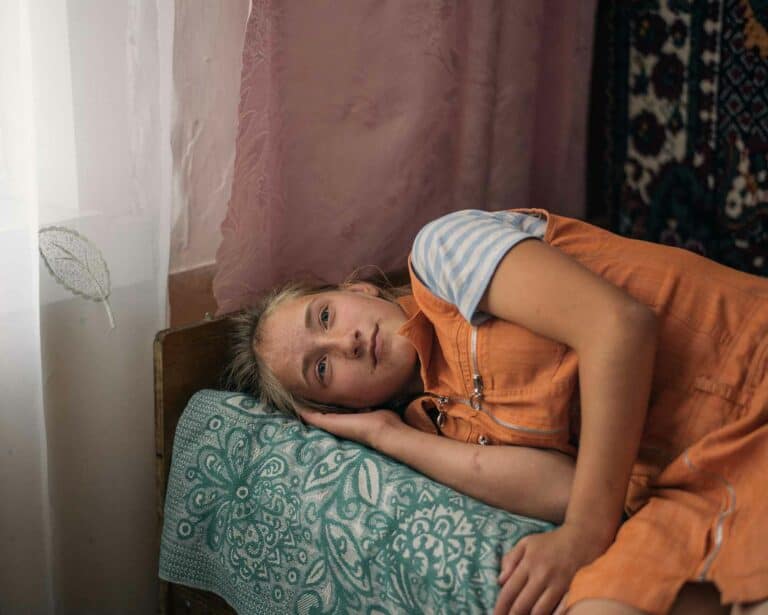
Vasilisa’s parents are both deaf and hard of hearing, and the only non-believers in a village that lives strictly by centuries-old rituals. She has only one friend.
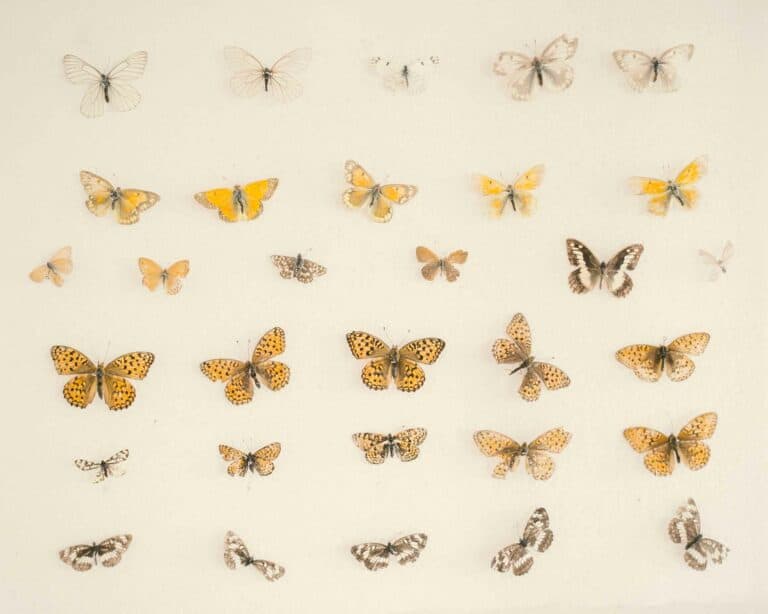
The biodiversity and water quality of the Yenisei River are now severely threatened: Chinese companies are mining gold on a large scale, changing the lead content in the river, and clearing gigantic areas of forest.
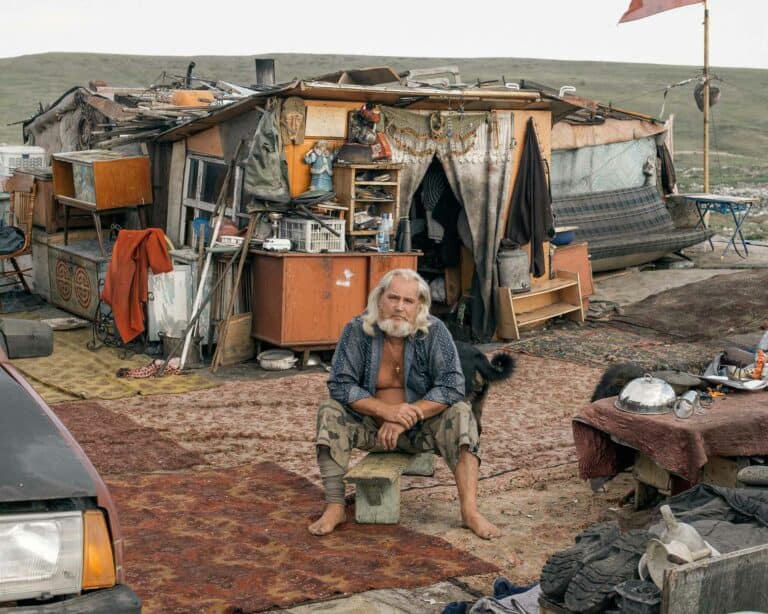
“I am a simple worker. Nothing keeps me in the city any more. All my friends are in the cemetery: alcohol and drugs. Here, for that, the air is clean and not polluted by all the coal dust in the air.” – Yuri
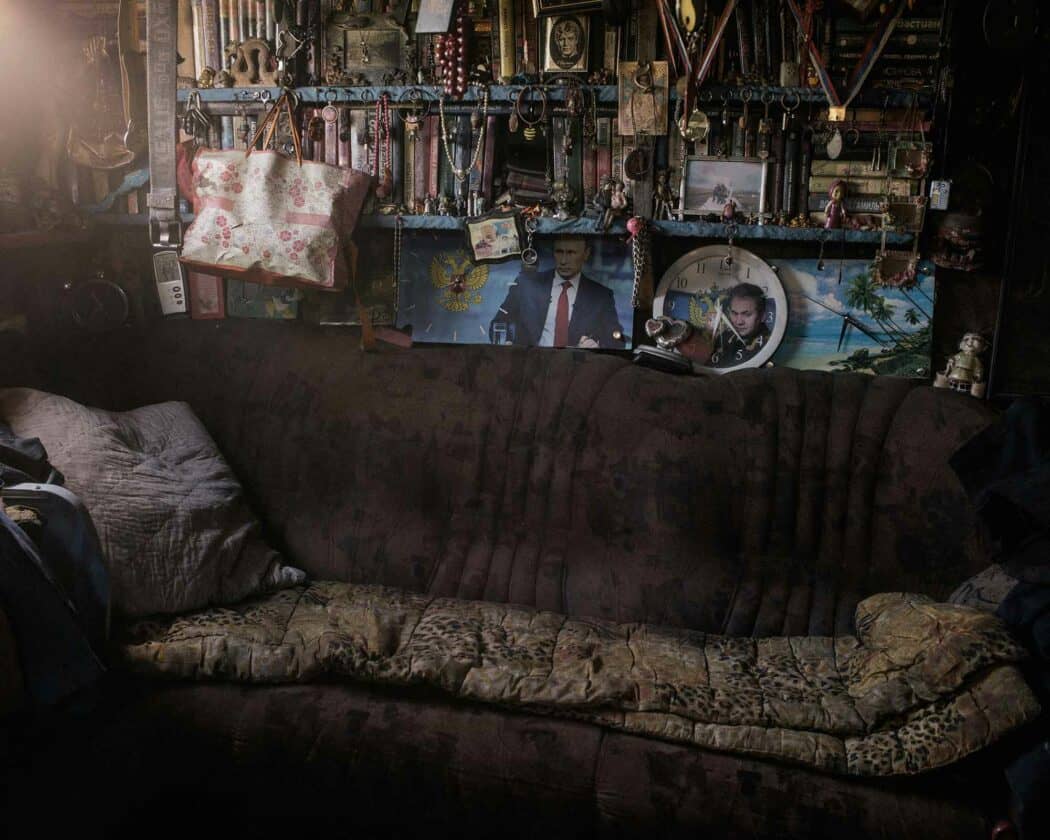
Yuri built his little hut on a rubbish dump himself. In this way, he can feed his 15 dogs with what he finds there.
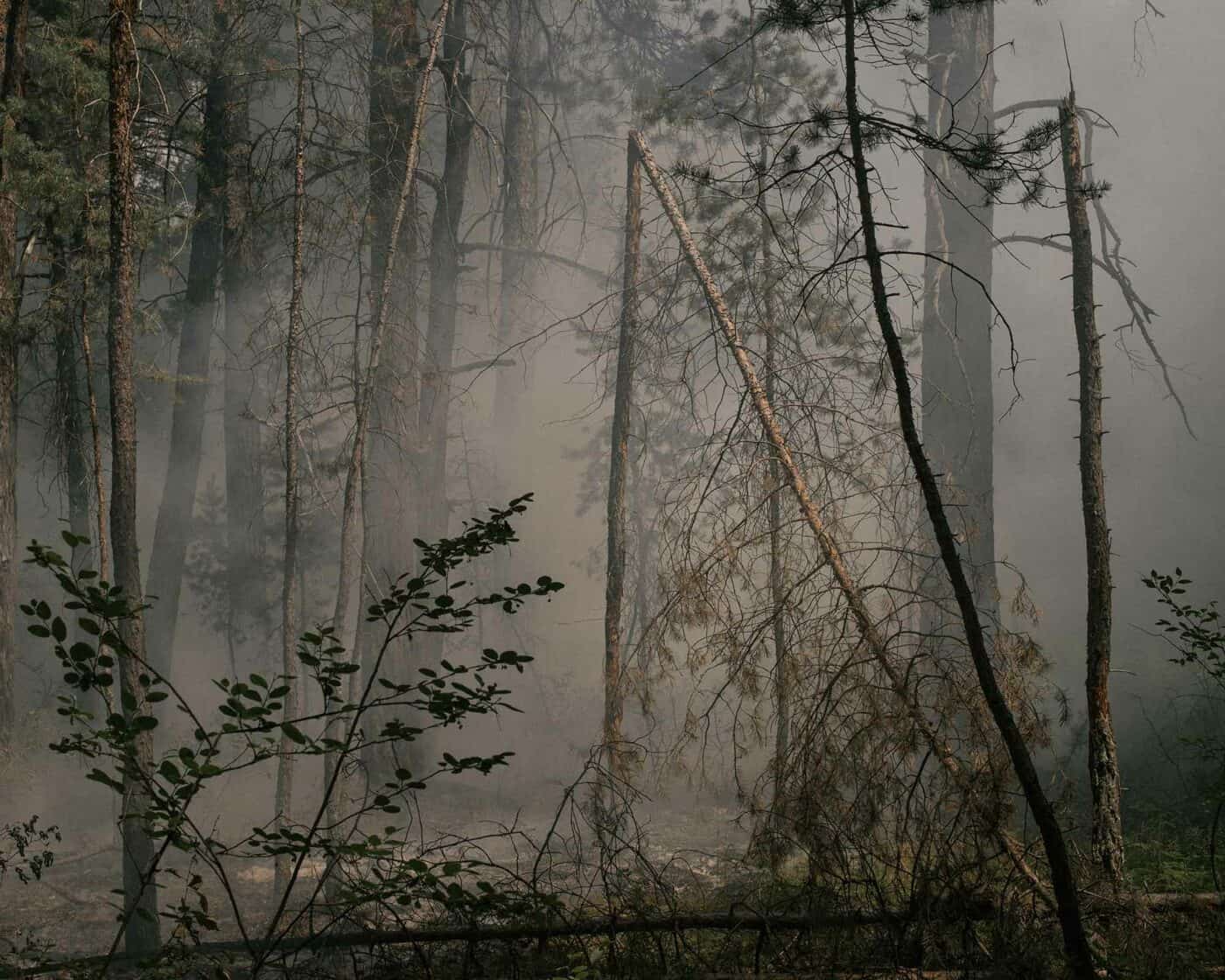
Many fires are ravaging Siberia this summer. Responsible for this was a dry and warm winter.

A former ballerina, Sofia has been a striptease dancer for six years. An injury once prevented her from continuing to dance at the Krasnoyarsk State Opera. She describes herself as an “active sociopath.”
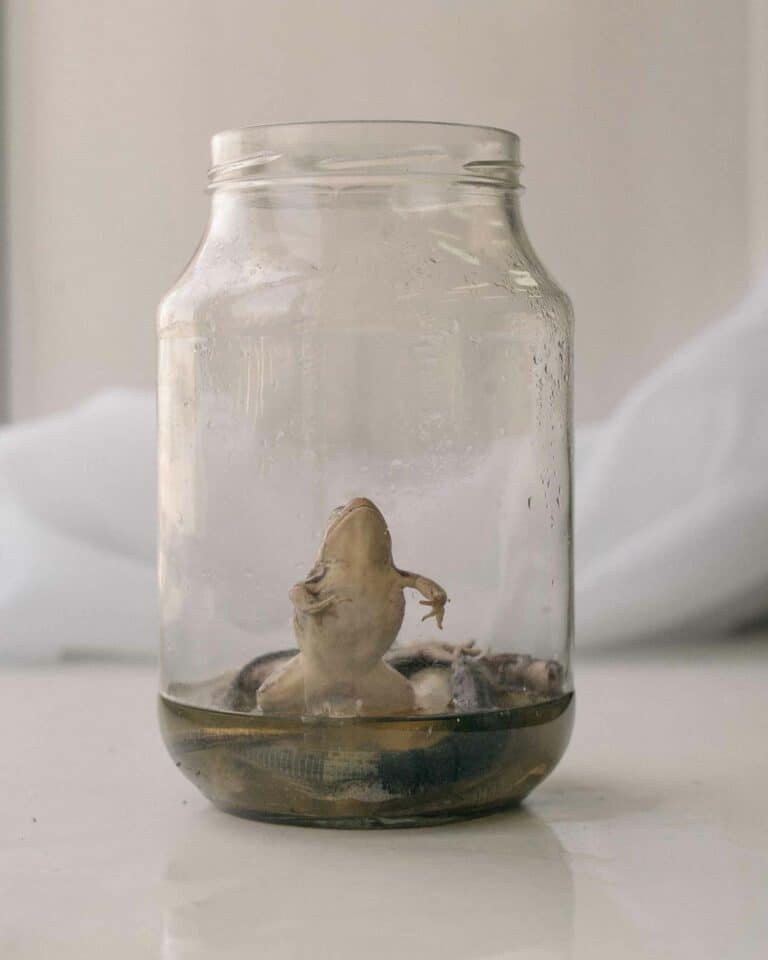
Biologist Nikolai Putintsov has a giant insect and amphibian collection in the Tuva region.
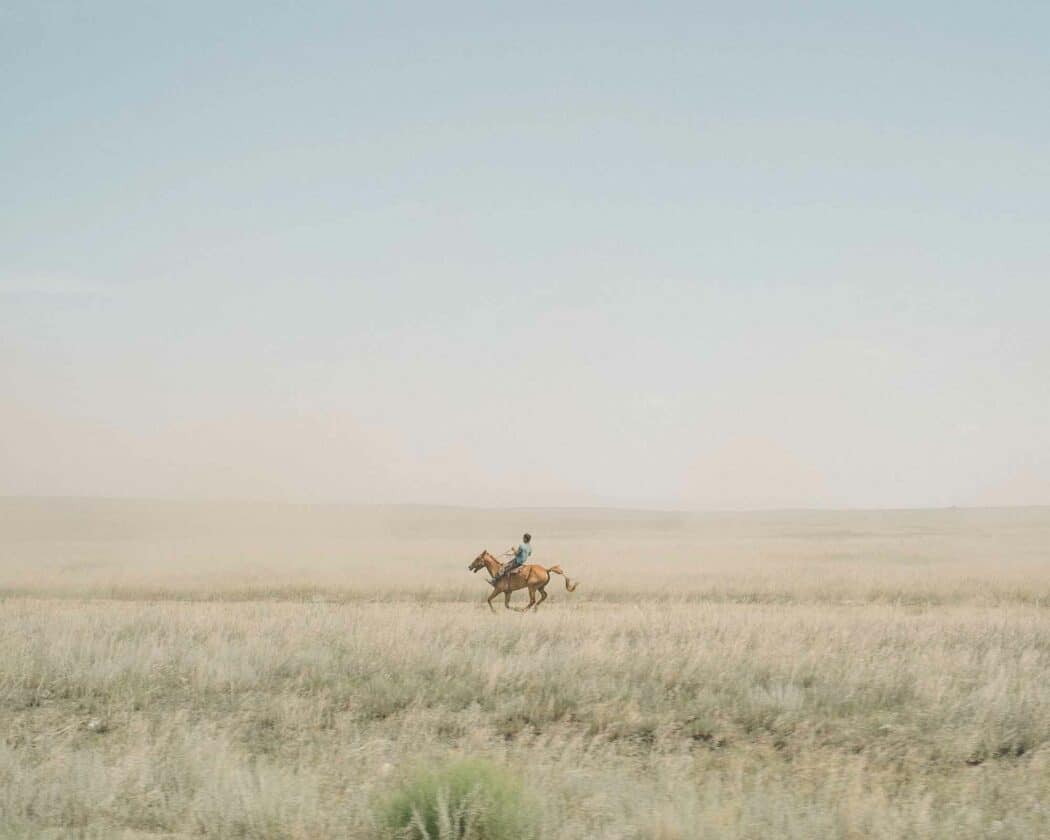
A traditional horse race takes place in the steppe. The horses and their riders have to cover a distance of 30 kilometres. It is 43 degrees Celsius. Seven horses die in the heat.
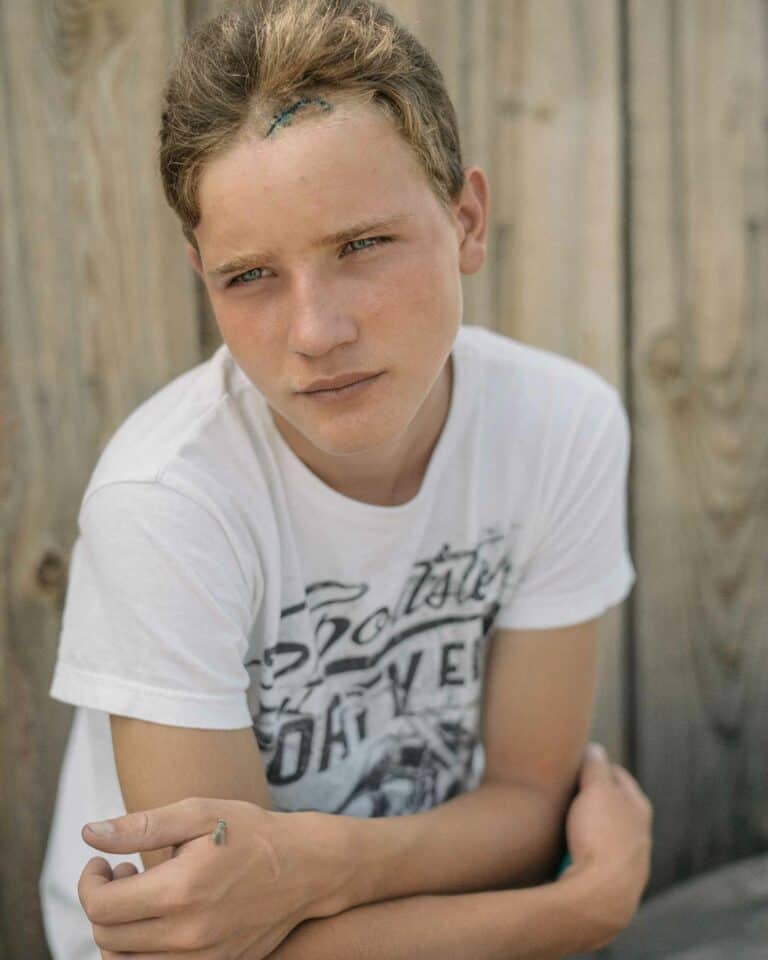
It’s the summer holiday: Valentin hurt his head while diving. In summer, horseflies are a plague – they are everywhere.
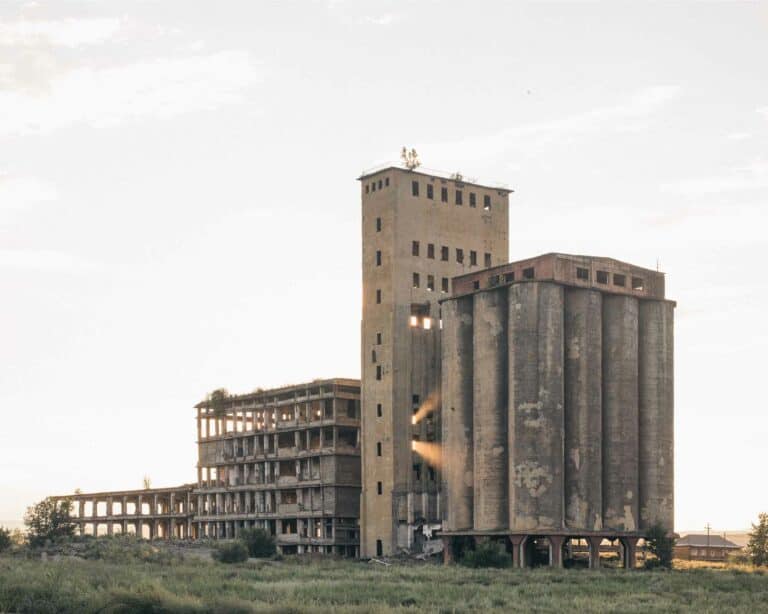
In Soviet times, there was a lot of industry in Siberia. Today, the people feel forgotten by the government in Moscow.
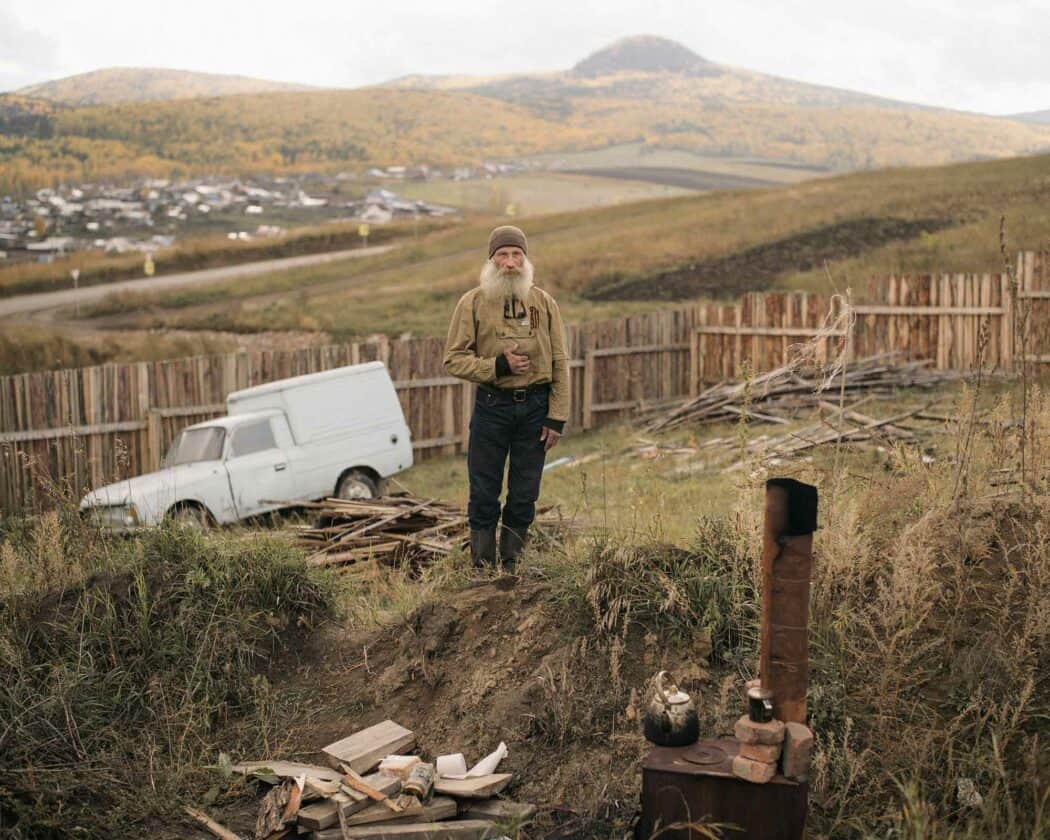
Valentin describes himself as an anarchist environmentalist. The former civil servant lives on a small plot in the forest. During the day, he patrols the woods, puts out fires, and rescues ant hills.
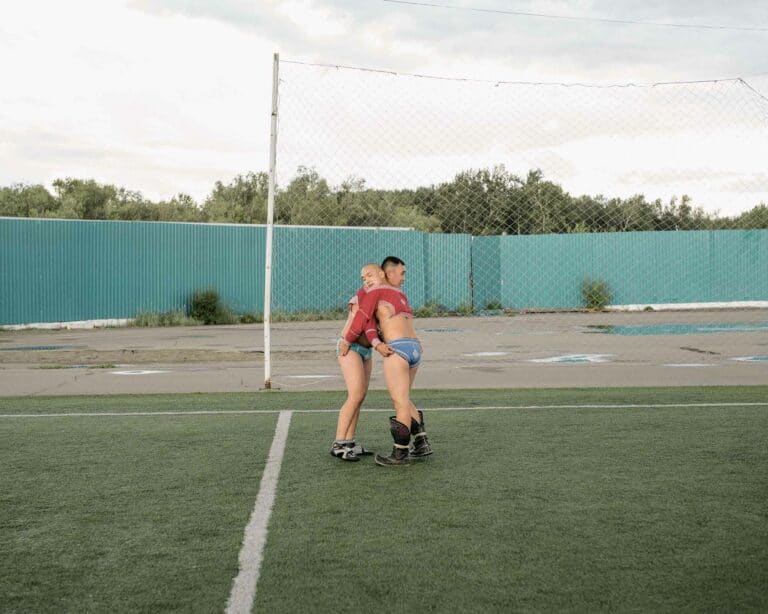
Wrestling “Kuresh” is the national sport of the autonomous republic of Tuva in the south of Siberia. No state celebration is celebrated without it. The inhabitants of Tuva even make up legends about their favorite athletes, attributing supernatural powers to the fighters.
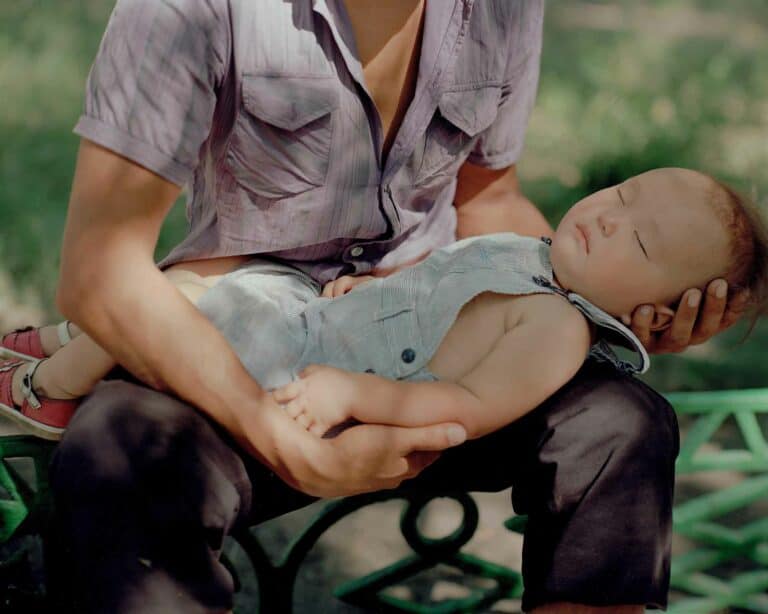
While they wait for the bus in the heat, Dolga lets her daughter sleep on her lap. In Tuva, the temperature rises to over 50 degrees Celsius. In winter, it drops below -50 degrees.
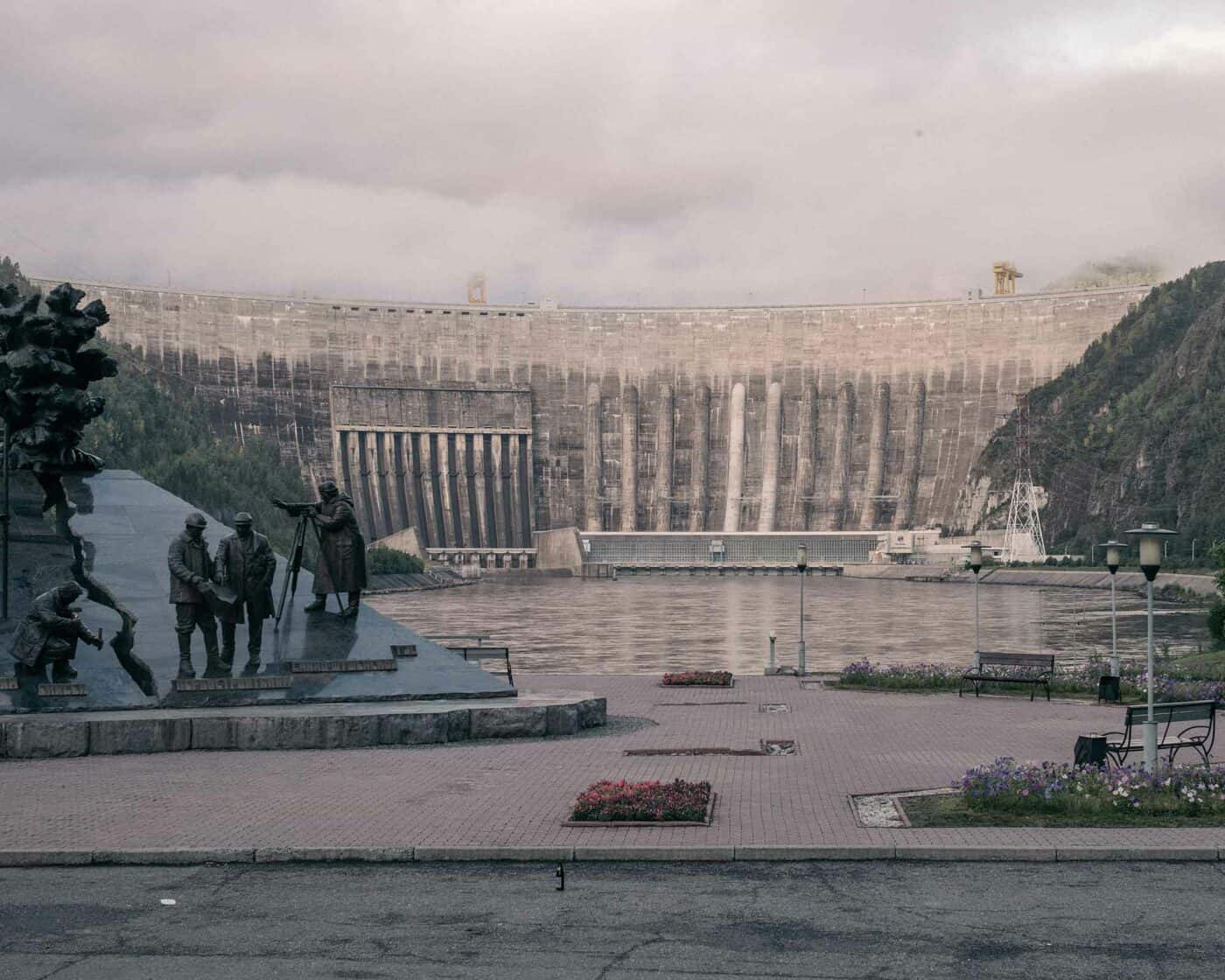
The Sayano-Sudshensk Dam harnesses the waters of the Yenisei River: The power plant was built to supply the large aluminium factories in Krasnoyarsk. Two gigantic dams created lakes with a length of almost 400 kilometres.
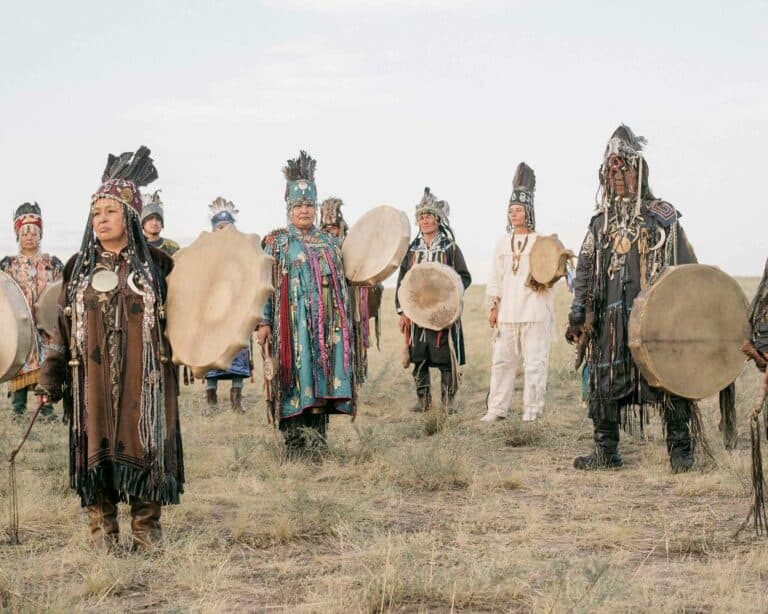
Tuvan shamans hold a fire ceremony. During the ceremony, spirits are invoked for protection and healing.
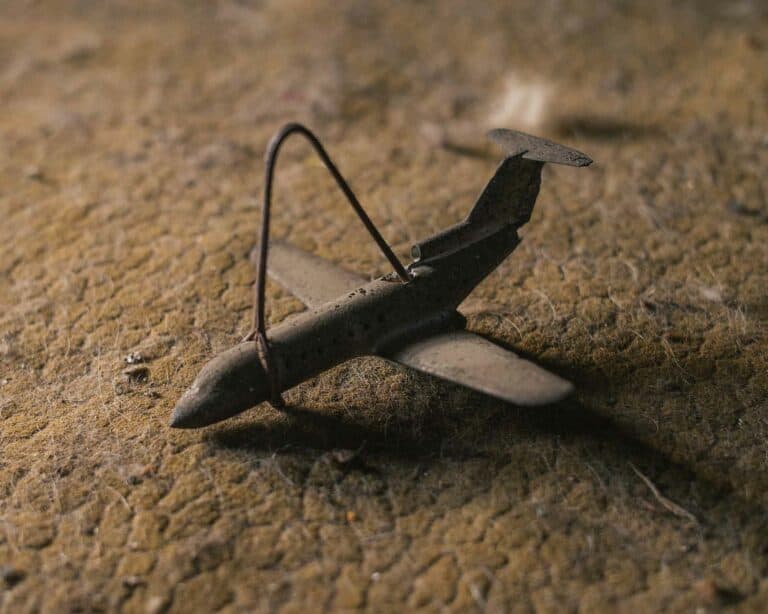
Yuri has found an old model aeroplane – one of many treasures of the rubbish dump where he lives.
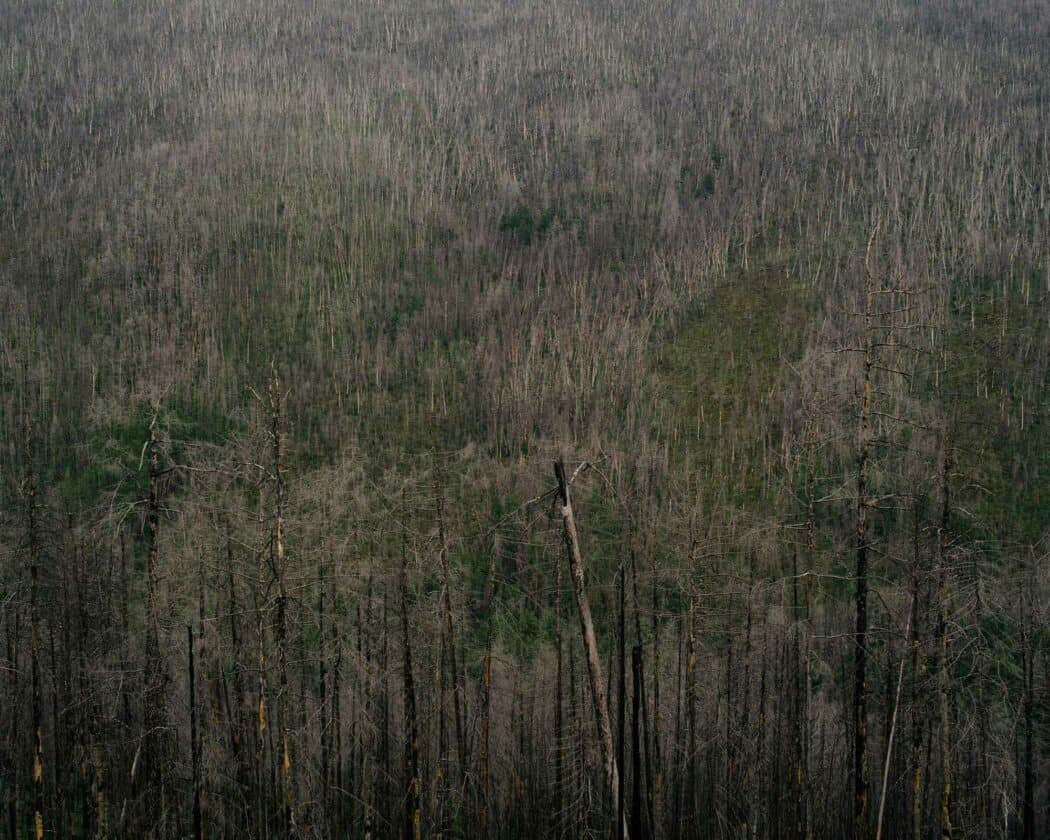
When you drive through the Sajan Mountains, you cross 500 kilometres of forest. As far as the eye can see, there is not a single settlement.
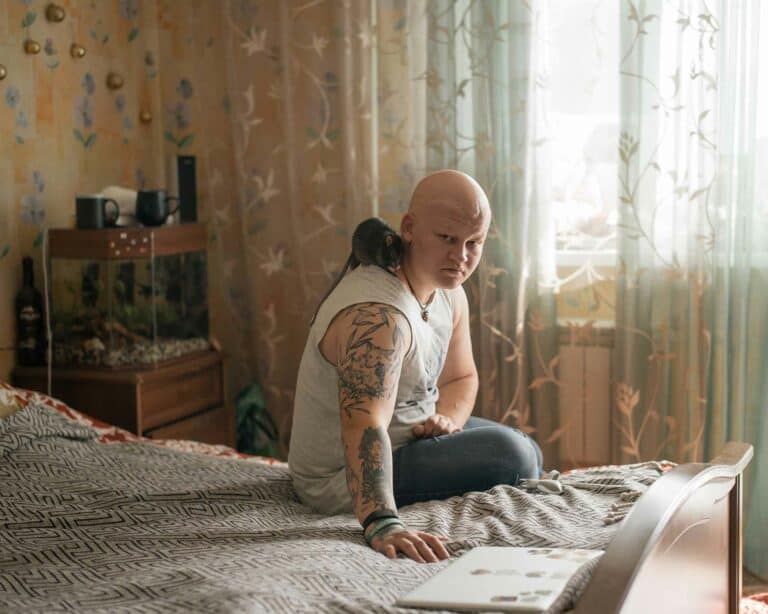
When Evgenii saw the film “Ratatouille”, he immediately bought a rat: his name is Barclay. Next year, he wants to move to the USA to earn enough money to buy a car.
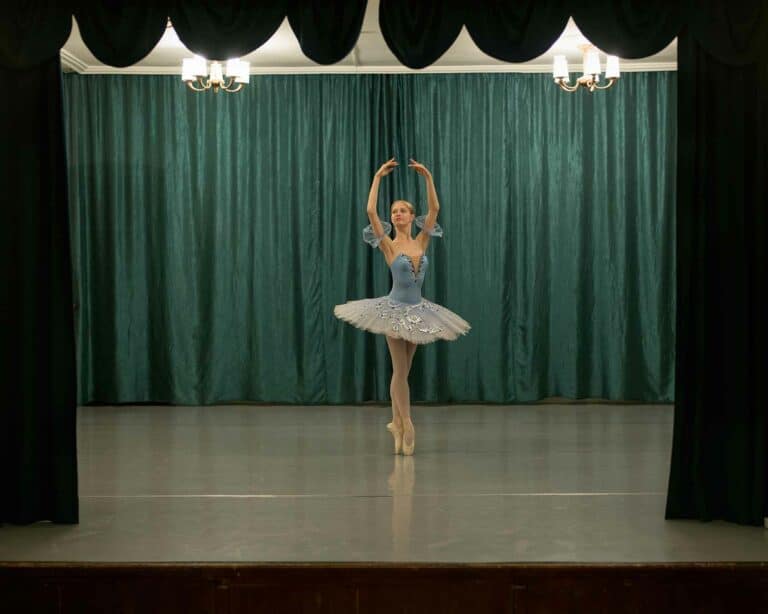
Ballerina Julia dances five hours a day at the ballet school in Krasnoyarsk.
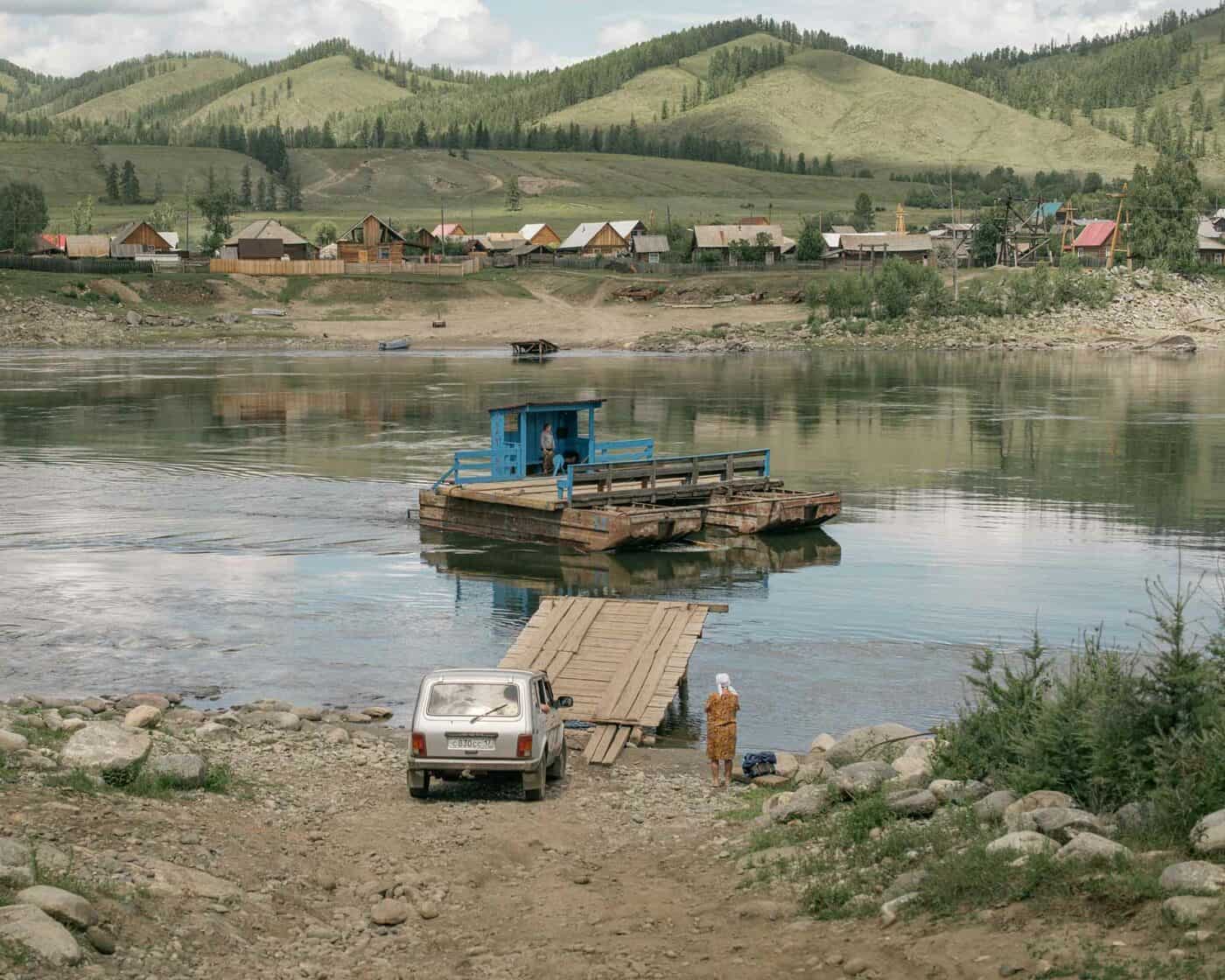
A small ferry is the only connection to Erzhey, a village of the Old Believers. The Old Believers opposed the reforms of Patriarch Nikon in the 17th century, which is why they had to flee to the most remote regions of Russia: First from the Tsar, later from the Soviets.
Your contact partners will be happy to assist you with your personal concerns. However, due to the large number of enquiries, we ask you to first check our FAQ to see if your question may already have been answered.
Dean of Studies, Design and Media department
Programme representative
Application and admission procedure
Hochschule Hannover
Faculty III – Media, Information and Design
Expo Plaza 2
D-30539 Hanover
